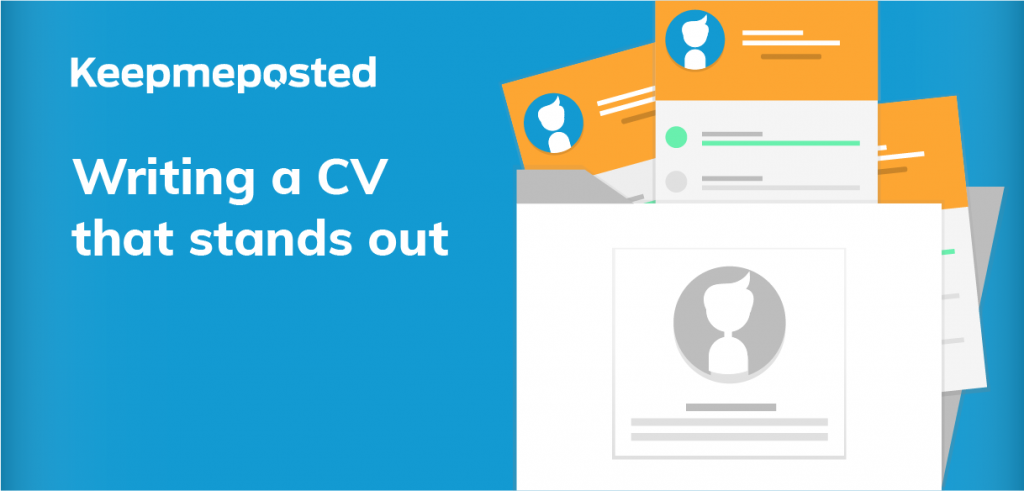Doubtlessly, the first step one should undertake when beginning their job hunt is to prepare their CV. It is probable that for a single application, employers receive hundreds of CVs. How can you make it stand out? In this article, we’ll be outlining the basics of writing a CV, as well as some tips to help give it the extra edge that may just get you that first interview.
Europass or a creative CV?
There is no straight answer to this as some employers may prefer one option over the other, whilst there may be bureaucratic constraints that require applicants to send a Europass-template CV. Other practical factors to consider are the type of job you are applying for. A creative, well-designed, styled CV will definitely ensure you stand out when applying for more creative roles. On the other hand, for roles related to Accounts, Finance, Administration or other more left-brain jobs a Europass CV would suffice as more value is given to the structure of the CV and how neat it is.
Make sure there are no grammatical and typing errors
When writing a CV, spell check should be your best friend. A mistake in a CV will not be well-received as it may be seen as shoddiness on your part or even lack of care in preparing your application. Showing it to a friend or family member to proofread it prior to sending it will also help lessen any mistakes which you may have missed.
Structure is crucial
Recruiters and hiring managers probably have hundreds of CVs to go through and it’s no secret that many filter through all the CVs by skimming the content. This means that giving structure to your CV is crucial as this means that hiring managers will find what they’re looking for more quickly. This could be done by summarising your responsibilities from past jobs in bullet points, highlighting keywords or skills and using headlines and a clear content hierarchy. Together with the structure, the appropriate typeface and colours will make it easier on the eyes. Black ink on white paper is always a good place to start, but using an accent colour for headlines or keywords is an option. Just make sure it’s legible and printer friendly. Avoid using fancy display fonts as they do not help legibility. Instead, stick to professional-looking and conventional typefaces.
Filter through the content
Make sure that whatever you include in your CV is relevant to the job you’re applying for. It is no use including experience such as a Food and Beverage Server if you’re applying for an Accounting role. If you are applying to a completely new field or industry it may be useful to identify and highlight how your past experiences and skills acquired can be applied and translated to the new role.
Adapt accordingly
It will be helpful to adapt your CV to each of the jobs you are applying for. This will ensure that the content you include is of relevance to the job application in question. Start by identifying and highlighting skills required, their relevance of past experience and any ‘soft’ skills which you deem to be an asset to the role you’re applying for.
Include your contact details
This may seem to be a basic requirement when writing a CV but it’s worth noting here as it is easily overlooked. Your details need to be identified clearly – perhaps in the footer of each page, or in the beginning of the CV. Once the CV is printed, it may not be attached to the email you sent it with so make sure to include your contact details also within the CV itself, not just the application email.
Check and revise it
Check, check and check it again. Avoid any errors at all costs. Make sure the contact details are correct and that all the dates aligned.


